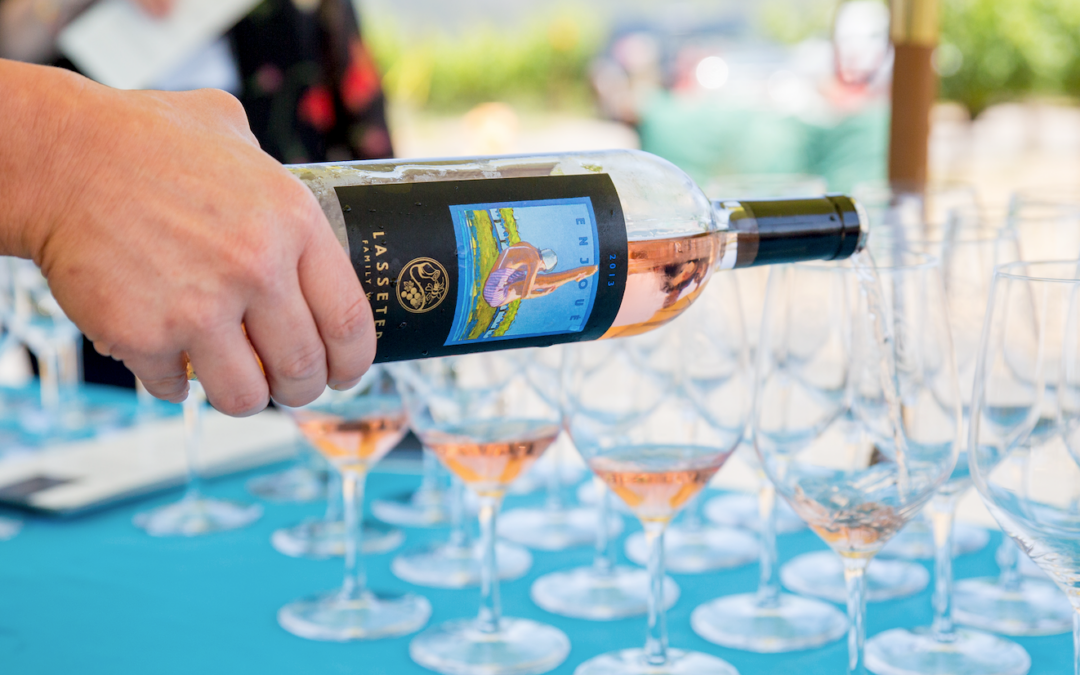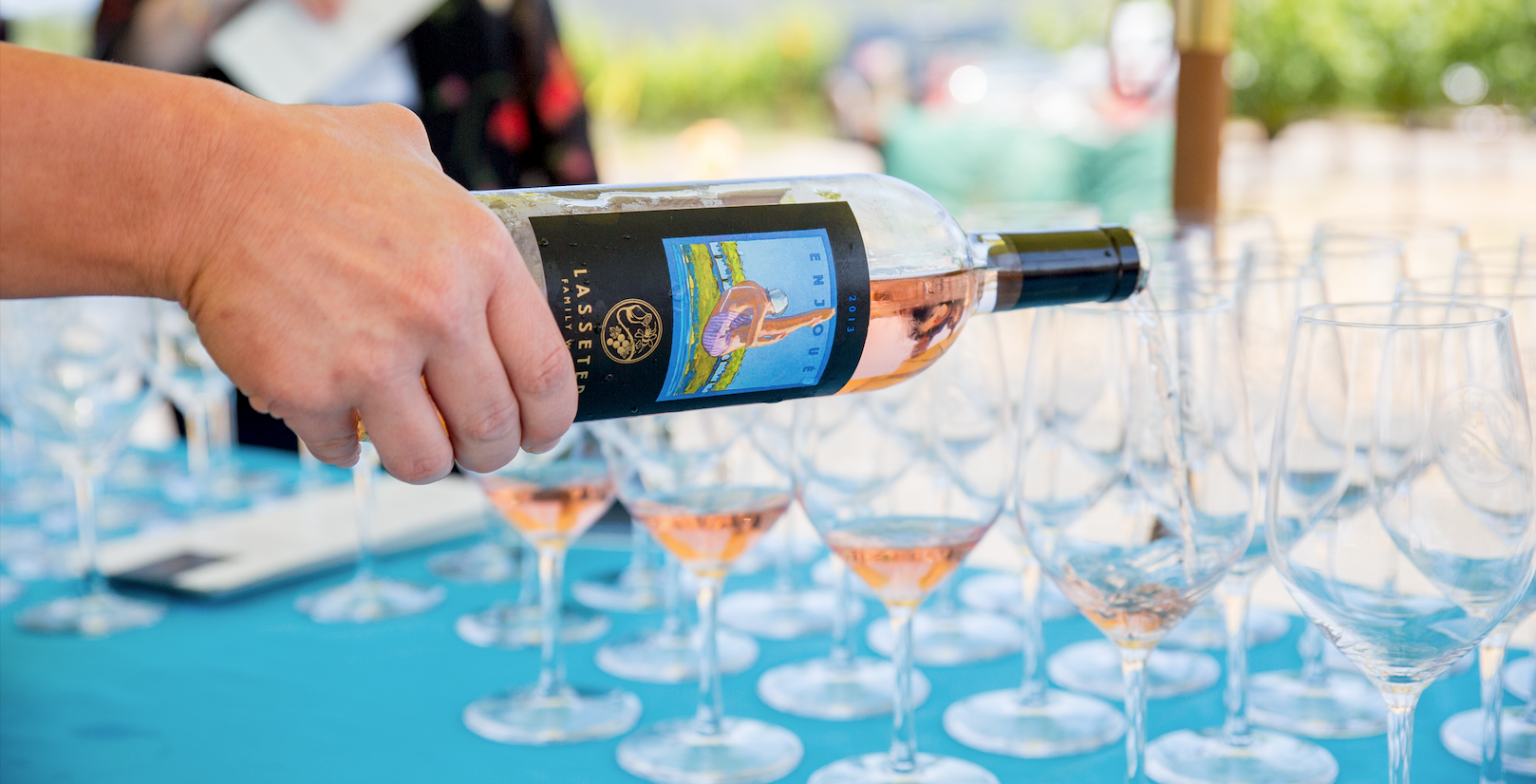
What is Rosé Wine?
Rosé is named for it’s pale color, and is generally a lighter bodied wine that can range from dry to sweet.
Rosé incorporates some of the skin color from the grape that produce it, but not enough to qualify it as a red wine.
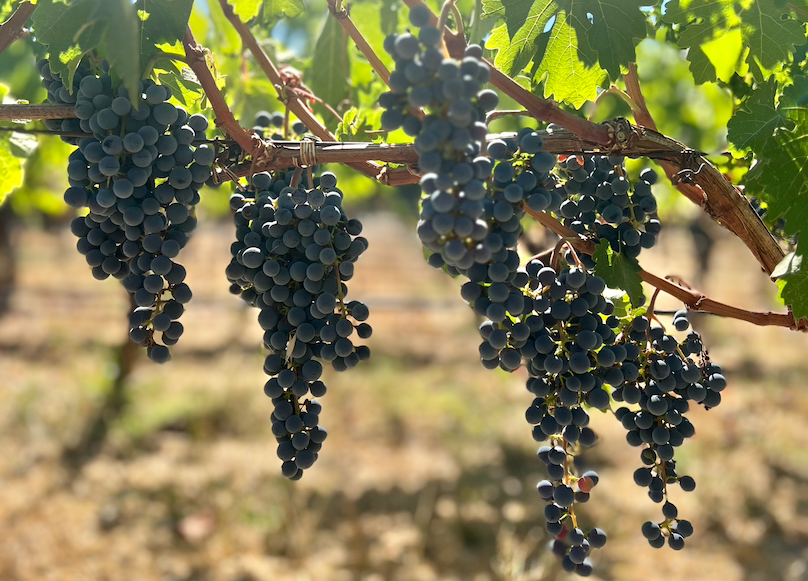
The origins of rosé wine can be traced back to ancient Greece and the Mediterranean.
It was the Greeks and the Romans who eventually figured out how to separate their red wines from their white wines but it wasn’t until sixth century BC that the Phocaeans brought grape vines to Massalia in the south of France that the pink rosé blend started being the talk of the Mediterranean.
The first grapevines were planted in Provence, France by the Greeks over 2,600 years ago.
Provence is the oldest wine region in France and the cultural heart of rosé wine.
The region’s climate, terroir, and varietals are well suited to rosé wine.
The word Rosé means “pink” in French and is not specific to any particular grape varietal. This is important because it means that Rosés can have wildly different flavor profiles, color, and aromas, based on the grapes it is made from.
Rosé of Grenache, Syrah, and Mourvèdre is perhaps the most iconic, traditional, widely produced and enjoyed type of Rosé, though even within this category, the wines can vary widely in levels of sweetness and intensity.
Rosé of pure Syrah might be much more assertive and closer to a cranberry flavor, vs the more subtle strawberry, stone fruit and floral notes in Rosé of Grenache, Syrah, and Mourvèdre combined.
Rosé of Pinot Noir is typically even subtler in flavor.
Red wine grapes are used to make Rosé wine, and the skins give them their iconic pink color.
Grenache, Syrah, Cabernet Sauvignon, Pinot Noir, and other red varietals are used to make Rosé wine. Rosé can be sweet, slightly sweet, or dry, and it can be sparkling or ‘still.’

Rosé Wine Production Methods
Short Maceration (Skin Contact)
Rosé wine is typically made using the short maceration method, where the fruit is pressed, and the juice is drained off the skins after a short period that is long enough to impart subtle color without turning the wine red.
The winemaking process starts with crushing red grapes and then moving the juice to a tank for fermentation.
For dry Rosés, the pink juice is allowed to continue fermenting until all the sugar is consumed by the yeast, resulting in dry Rosé wines. For “off-dry” Rosés, the fermentation is stopped with a small amount of sugar remaining. For sweet Rosés, more sugar is allowed to remain.
The timing of the maceration process can affect the stability and shelf life of the final wine.
Lasseter Family Winery Rosé
At Lasseter Family Winery, we take Rosé seriously and we dedicate entire blocks of our vineyards to growing Grenache, Mourvedre, and Syrah specifically for making Rosé wine.
We are passionate about producing the finest, most aromatic, delicate, refreshing Rosé possible, in homage to the Rosés that we first fell in love with during our travels through the South of France.
Other wineries produce Rosé in a way that makes it more of a “by product” of the red wine making process. Riper grapes that have been ripened for making red wines, are given a gentle first pressing to release pink juice.
These grapes may or may not have lost some of their delicacy and nuance, both in flavor and aroma, because red wines are typically made with grapes that are riper than is ideal for making Rosé.
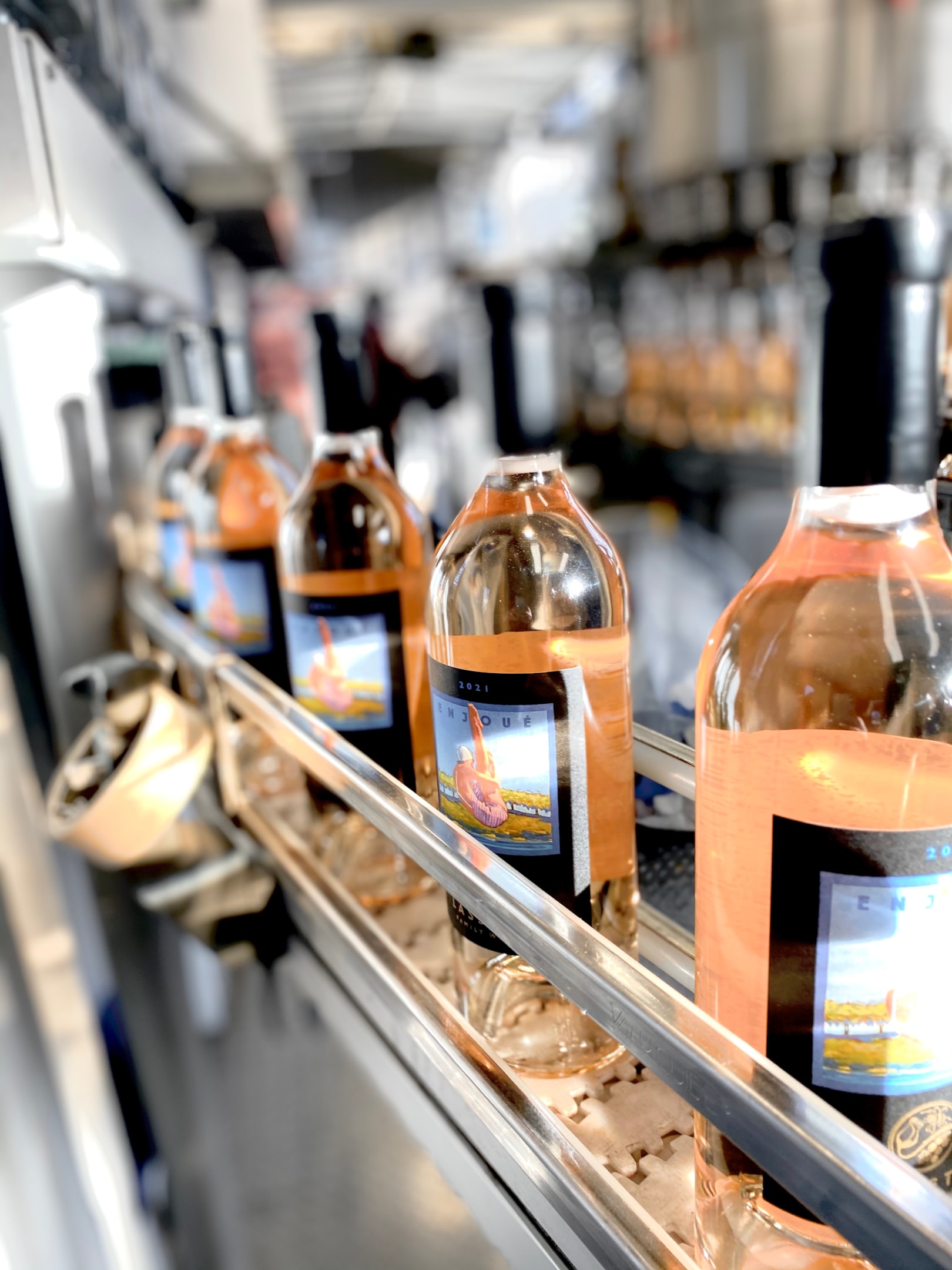
Saignée and Vin Gris Methods for Rosé Production
Saignée is a French term that translates to “bled”, referring to the process of running off juice from just-crushed dark-skinned red wine grapes.
Since almost all red grapes have white pulp inside, this early “bleed” is pressed off gently enough, with minimal contact with the red grape skins, so that it only absorbs a little red color, making for a “pink” wine.
This technique produces Rosé wine as a “by product” of red winemaking. The “bleed” serves to concentrate the red wine that will be made with the juice that is not bled off to make the Rosé.
Vin Gris are wines made as soon as the grapes are pressed, with minimal maceration time.
This method is often used to produce pale pink rosé wines with a delicate flavor profile.
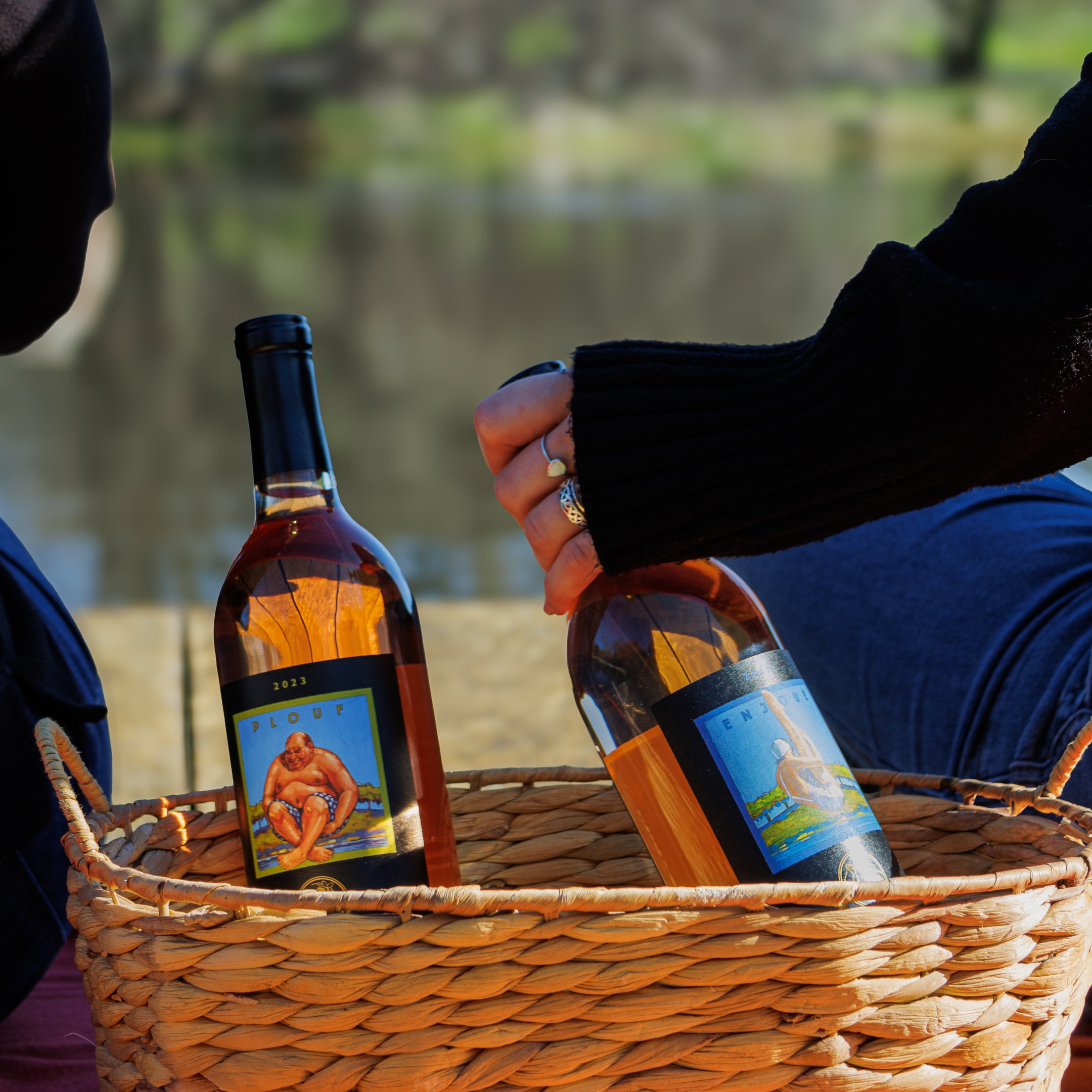
Rosé Wine Styles
Dry Rosé
Rosé is considered dry when almost all of the sugar in the grapes has been converted to alcohol during the fermentation process. There are “off-dry” and sweeter Rosés in which the fermentation process is stopped early so that the wine is not so dry or even slightly sweet.
Dry Rosé wines are a common style, ranging in color from pale pinkish-orange to deep red pink.
They have notes of red fruits and floral aromas, and are versatile pairing with many foods, while being a refreshing aperitif on their own.
Dry Rosé wines are perfect for when you want a refreshing, chilled wine with subtle aromas and flavors of red wine.
A study of Rosé wines wouldn’t be complete without mentioning white zinfandel. While it might not be the most highly regarded Rosé wine, being rather simple and very sweet with little resemblance in flavor to other Rosés, this style of “blush wine” gained massive popularity in the United States.
It was for many Americans, the first Rosé they had ever had. It helped set the stage for Americans to accept the idea of Rosé wine.
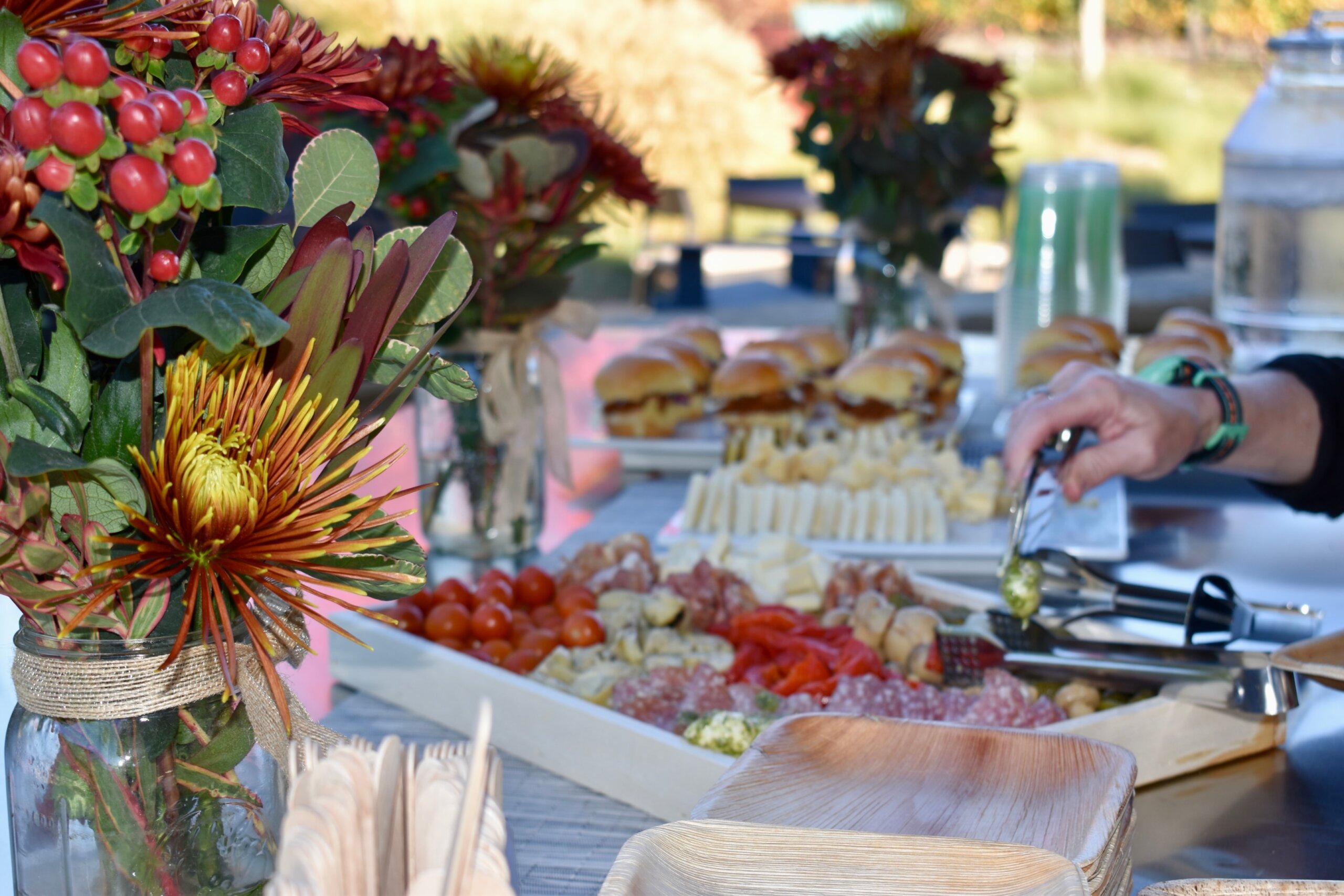
Sparkling Rosé
Sparkling Rosé wines have wonderful acidity and effervescence that makes them a refreshing, palate-cleansing balance to fried foods, as well as salty cheeses.
They can be made using several methods, including the two most common, described below.
The traditional method is called Méthode Champenoise. For this method, a “still” wine (i.e., a wine without bubbles) is fermented and aged, usually in oak barrels for enhanced mouthfeel, flavors, and aromas.
Once bottled, a mixture of sugar and yeast, also called the “liqueur de tirage,” is added, which brings about a second fermentation that creates c02 that is trapped in the bottle, creating bubbles. The most respected sparkling wines are made using the Méthode Champenoise.
The other popular method is the Charmat method. Invented and patented in 1895 by an Italian named Federico Martinotti, a winemaker in Asti, Italy, it was adopted Eugène Charmat, a Frenchman, who made some improvements to the process and patented it under his name.
This new winemaking technique allowed for sparkling wine production to be done in volume at a lower price than any previous method. For this method, the “dosage” is added to the wine while it is still in tank, and then the wine is bottled right away with the addition of a little more sugar and yeast to create further c02 in the bottle. It is typically a fresher style because it is bottled right from the tank after fermentation without aging.
Rosé Champagnes have long been synonymous with special occasions and as a celebratory drink.
Regional Rosé Wines
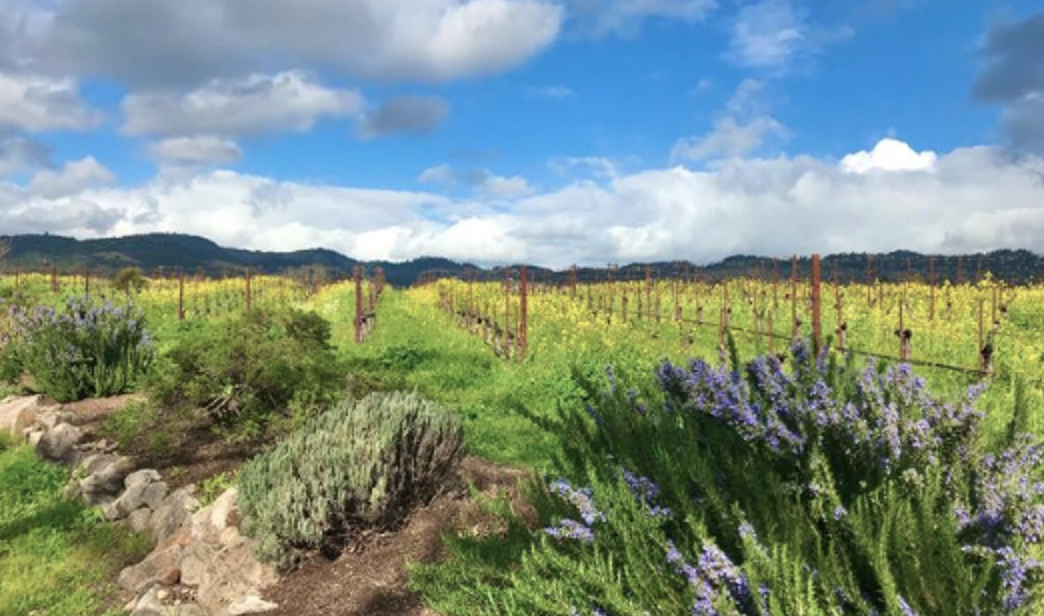
French Rosé Wines
French Rosé wine is traditionally made in the South of France, with many fine examples coming from the Rhône Valley and Provence wine regions, among others in this area.
The predominant grapes in these wines are made from Grenache grapes, blended with Syrah, and Mourvèdre. These are all black-skinned grapes with white pulp.
French Rosé wine is easy-drinking, is enjoyed chilled, and offers bright red-fruit flavors on the palate with lovely balanced acidity. Rosé wines may also exhibit other aromas such as lime zest,
Rosé from the Provence region (Provençal Rosé) is the palest in color, while Tavel Rosé tends to be darker in hue.
Rosés are perfect for sipping outdoors and are a great option for pairing with a variety of foods, including light salads, fish, and poultry.
French Rosé wine is known for its lovely balance and acidity.
International Rosé Day is celebrated each year on the fourth Friday of June. The brainchild of France’s International Organization of Rosé Wine, their mission sets out to showcase not only Provence Rosé, but other wonderful examples from around the world.
Each region makes a distinctly unique expression of Rosé, providing a pleasingly refreshing opportunity to explore the diversity of this pink summer sipper.
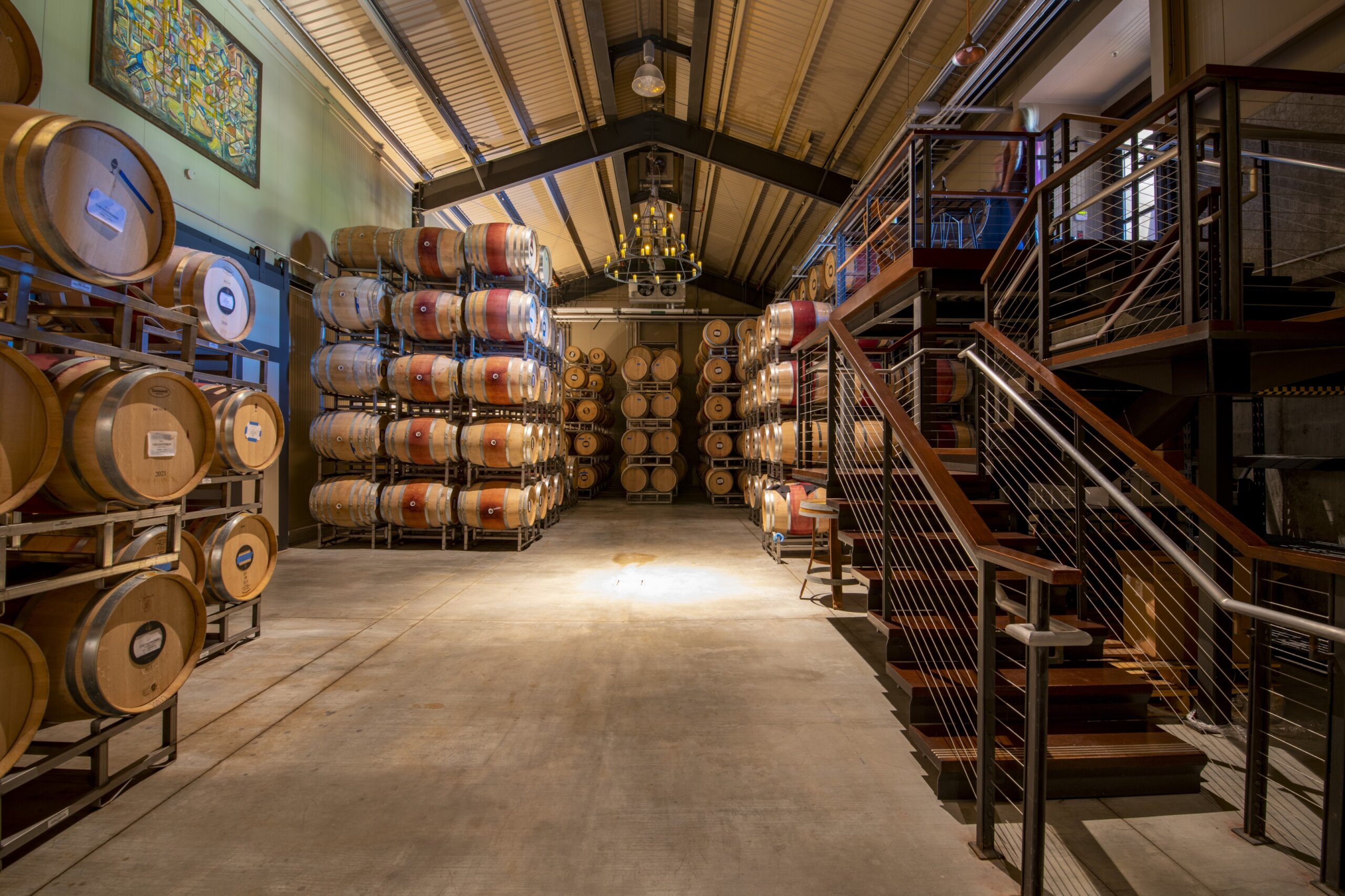
International Rosé Wines
Rosé wines can be produced anywhere that red wine is made, with good examples coming from the Mediterranean, Italy, Spain, and the New World.
Look for Rosé wines made from grapes already thriving in those regions, such as Argentinian Rosé made from Malbec or California Rosé made from Zinfandel.
New World winemakers in California, Australia, and South America have also taken to producing Rosé wine.
Rosé wines can be made using a variety of techniques and grape varieties.
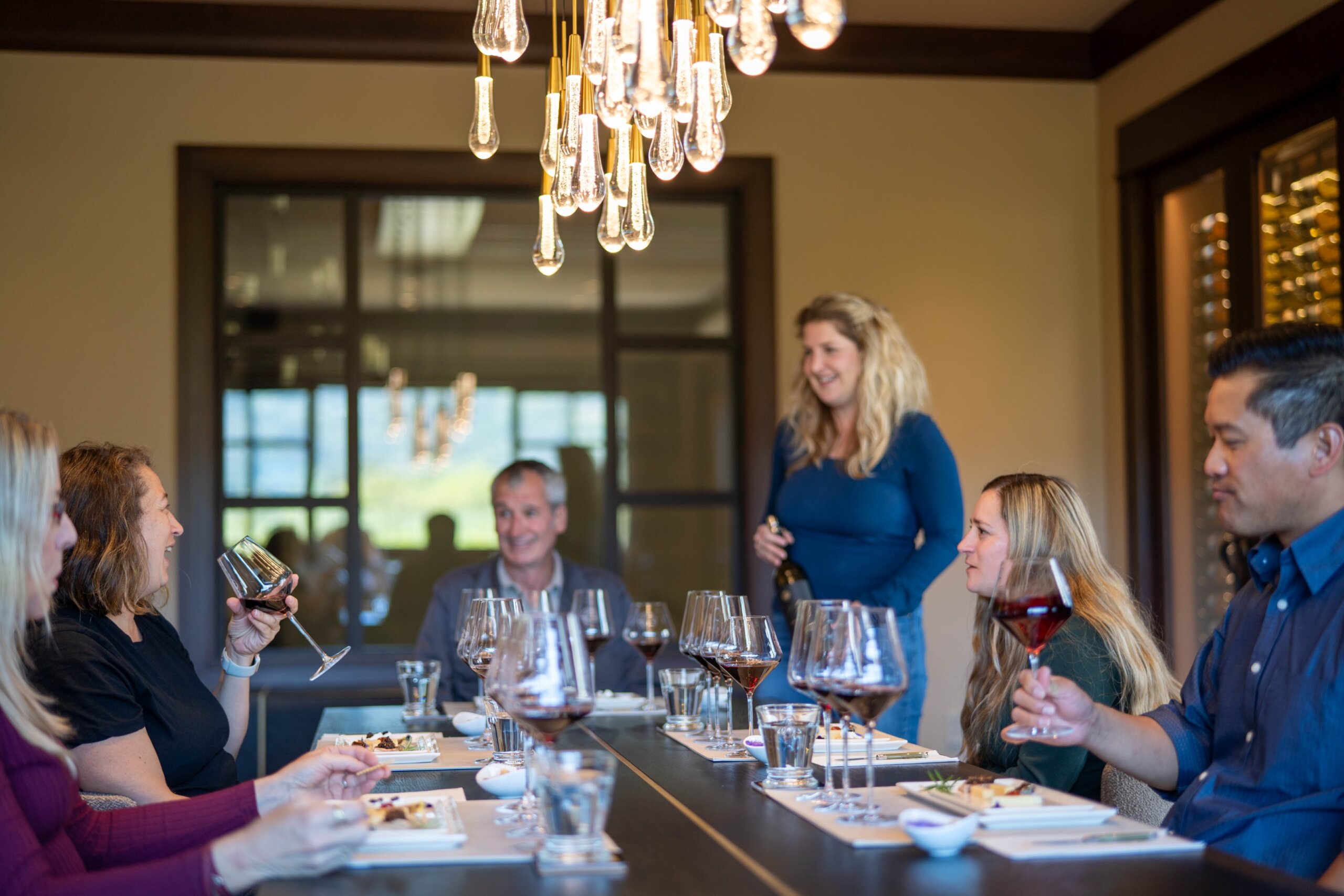
Enjoying Rosé Wines
Food Pairing and Serving Suggestions
Rosé wine pairs well with many foods, from cheese and charcuterie to grilled chicken, sushi and burgers.
Lighter Rosés made from Pinot Noir grapes or Grenache go well with salads, grilled fish, and goat cheese.
Medium Rosés with slightly bolder flavors can be paired with richer dishes, such as burgers, olives, and charcuterie.
Sparkling Rosés have wonderful acidity and effervescence that makes them great for balancing fried foods, as well as salty cheeses.
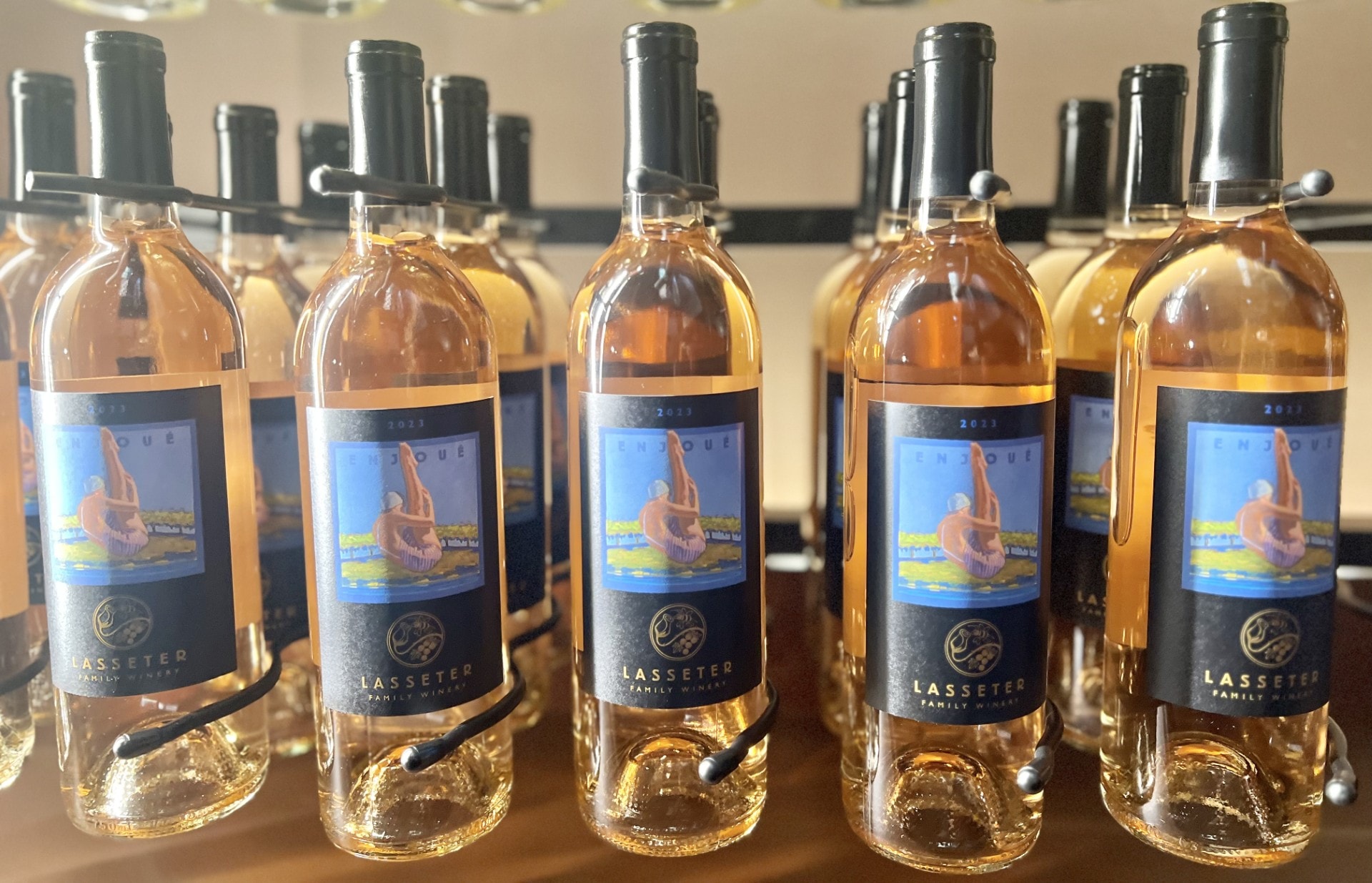
Serving Rosé Wine
Rosé wine is best served chilled, between 50°F and 55°F (8°C and 13°C).
It can be served in a variety of glassware, including a Rosé-specific glass or a white wine glass.
Rosé wine can be enjoyed on its own or paired with a variety of foods, and is a great choice for parties or hot summer days.
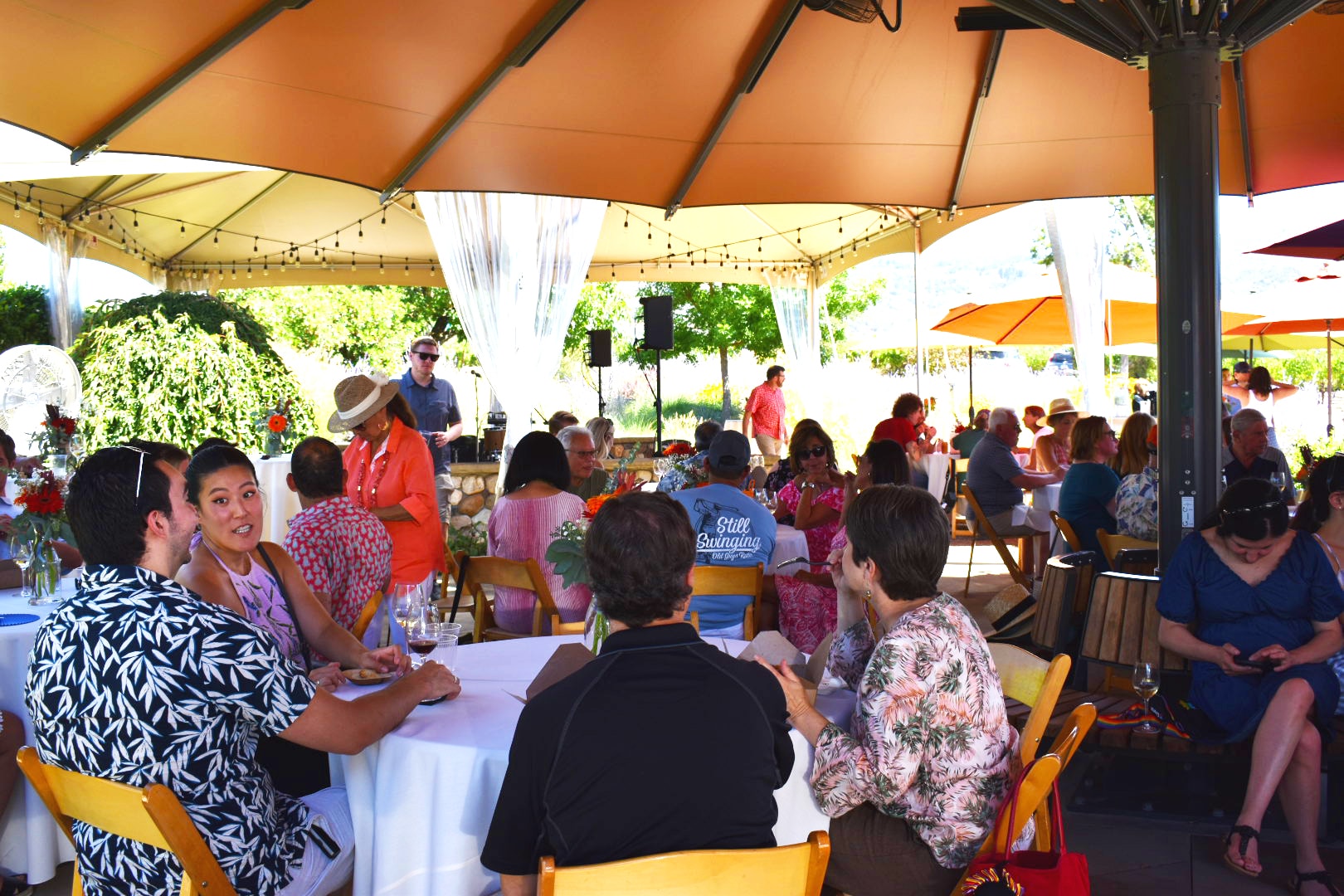
Conclusion
Rosé wine is a unique and refreshing, and can be enjoyed on its own or paired with a variety of foods.
The flavor profile and quality of rosé wines can vary depending on the region, grape variety, and production method.
Rosé wines are an eye-catching, sociable wine variety that can be enjoyed by people of all ages and backgrounds.
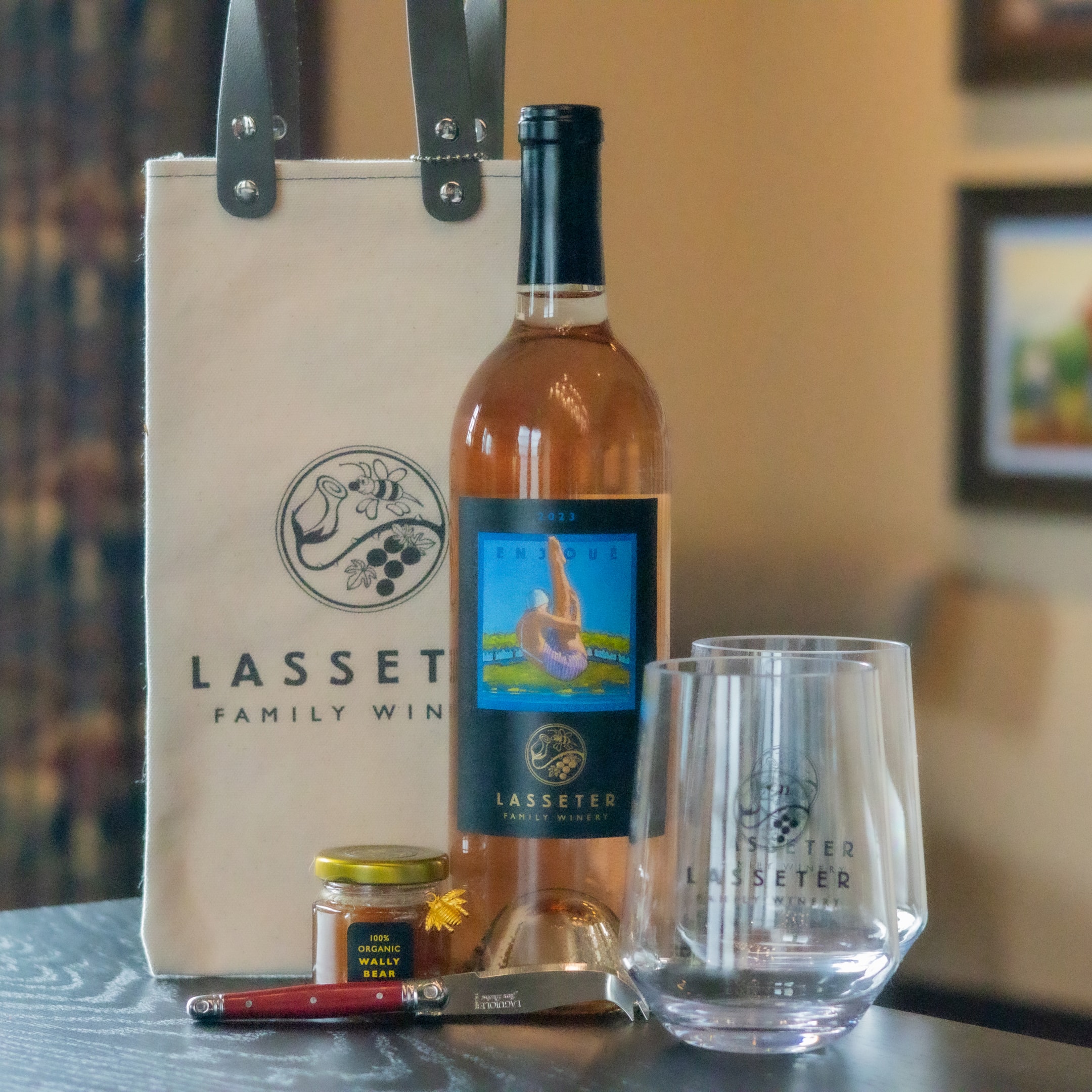
Whether you prefer dry or sweet, still or sparkling, there’s a Rosé wine out there for almost everyone.
At Lasseter Family Winery, we take Rosé seriously, and we invite you to visit us to taste this beautiful wine along with our red and white Bordeaux and Rhône inspired wines, all sourced from our organically farmed estate vineyards in Glen Ellen and the Moon Mountain District high above Sonoma Valley.
